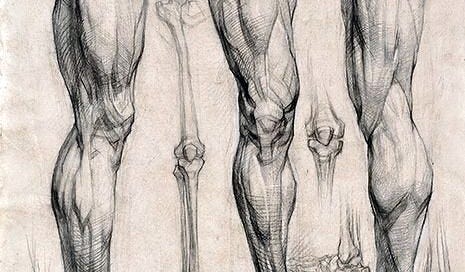Broadly, physical therapy (PT) is most effective in situations of acute injury, like a torn ACL or broken arm. PT can also safely reintroduce physical activity level after a period of injury or inactivity. Many PTs are skilled at controlling intensity, volume, and load to match an individual’s capacity. PTs usually have more clinical precision than a personal trainer, which means their exercise selection may have more bang for your buck when addressing weaknesses in strength and coordination, or functional deficits like reaching overhead or bending over. PT can also help when pain is driven by a mix of tissue damage and heightened nervous system sensitivity.
However, PT as a profession is still grounded primarily in a biomechanical view of pain. Therefore, the default is biomechanical intervention: stretching, strengthening, and manual therapy1. Unfortunately, this creates an “if all you have is a hammer, everything looks like a nail” dynamic. In situations where pain has shifted from acute to chronic, interventions must address the nervous system2. Continuing physical activity is important, but physical activity alone may not be enough to re-calibrate the nervous system’s pain response.
In these cases, methods that target the learned aspect of pain can be more effective than exercise3.
2023 scoping review found that care often falls short of guideline recommendations, mainly due to limited skills, time pressure, role confusion, and patient expectations. Even when therapists spot psychosocial factors, they tend to fall back on biomechanical treatments like stretching, strengthening, and manual therapy.
Chronic pain activates brain regions associated with learning and memory rather than acute sensation. What does the shift to learning regions suggest about pain treatment? 1) chronic pain can persist even when tissues have healed and 2) effective treatment may need to unlearn the pain response, not just heal the tissues.
Exercise + psychological therapy outperforms exercise alone for chronic low back pain. Meta-analysis.





